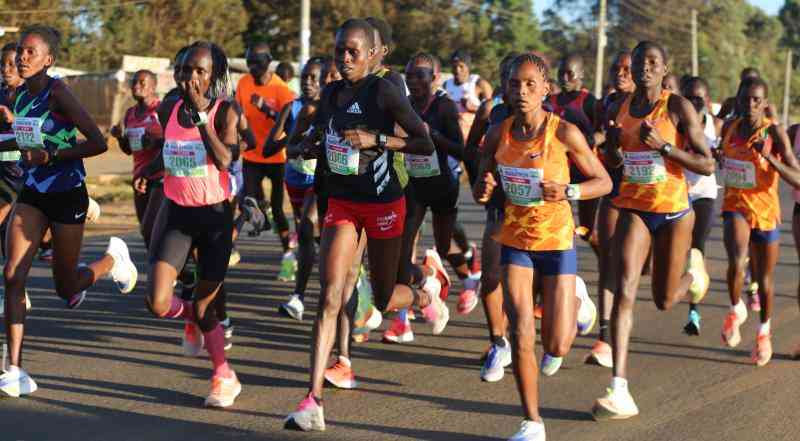A drive in the vast Tana River County that sits on about 35,376 square kilometres leaves one marveling at how a population of over 240,000 people makes ends meet in such a dry region.
Scattered villages weaved between narrow routes running into and out of others, unmarked lands and rising dust is the set up almost everywhere except in Hola town, the county’s headquarters.
Here, there is electricity, hotels are coming up, there is buying and selling up to late in the night and roads have been tarmacked. Water melons, mangoes, maize and vegetables can be found on this market. But for such commodities to be on the market, it has taken the efforts of the locals, National Irrigation Board (NIB), county government and Agricultural Finance Corporation (AFC).
Two major irrigation schemes-Hola and Bura- are behind the changing fortunes of the locals. In Bura, over 3,000 acres of land are under maize while about 300 acres is under melons, onions and tomatoes. A further 100 is under cotton.
Originally a pastoralist region, residents are now embracing agriculture to keep hunger at bay. The secret lies in abstracting water from River Tana to irrigate land. One such crop that is gaining popularity is water melons. According to Stephen Njaramba, a maize and water melon farmer who also chairs Water Users Association, since settling in the scheme in 1983, he has seen the fruits of diversified farming.
“With maize, you wait for long before getting money but I chose water melon because once you have put in the initial investment, money flows within three months. This keeps me and my family going,” he said. Once a resident of Kanyarkwet in Pokot County, Njaramba says that he now enjoys juggling between crop farming and animal rearing. For one and half acre of water melons, he says that about Sh120,000 is enough to set one on course. But thanks to Agricultural Finance Cooperation (AFC), a wholly owned government institution that offers loans to farmers, those doing the crop are able to meet the initial outlay and operational costs.
“We give farmers loans to finance all inputs and major operations like weeding and purchasing of chemicals. Repayment record has been good except for the initial season when we had cases of attacks from diseases,” said Bura-based AFC Manager Jackson Haro.
According to Eng James Kirigia, an agronomist from NIB, many farmers are getting attracted to water melons because they are assured of returns within a short period as they await money from other crops such as maize.
“When you have different types of crops, you cushion yourself from losses that may occur from one given crop. Farmers here are willing to diversify farming to ensure continuous revenue streams,” said Eng Kirigia.
At the moment, over 300 acres have been put under water melons with plans underway to expand it to cater for the increased attraction in the crop from the locals as well as farmers outside the scheme. Each one and half acre is in the hands of between seven and 12 farmers from different households to ensure even distribution of benefits to the families.
In one season, farmers told Business Beat that one and half acre piece of land will cost about Sh120,000. But the return ranges between Sh280,000 to Sh500,000 making the crop a profitable venture.
 The Standard Group Plc is a
multi-media organization with investments in media platforms spanning newspaper
print operations, television, radio broadcasting, digital and online services. The
Standard Group is recognized as a leading multi-media house in Kenya with a key
influence in matters of national and international interest.
The Standard Group Plc is a
multi-media organization with investments in media platforms spanning newspaper
print operations, television, radio broadcasting, digital and online services. The
Standard Group is recognized as a leading multi-media house in Kenya with a key
influence in matters of national and international interest.
 The Standard Group Plc is a
multi-media organization with investments in media platforms spanning newspaper
print operations, television, radio broadcasting, digital and online services. The
Standard Group is recognized as a leading multi-media house in Kenya with a key
influence in matters of national and international interest.
The Standard Group Plc is a
multi-media organization with investments in media platforms spanning newspaper
print operations, television, radio broadcasting, digital and online services. The
Standard Group is recognized as a leading multi-media house in Kenya with a key
influence in matters of national and international interest.





